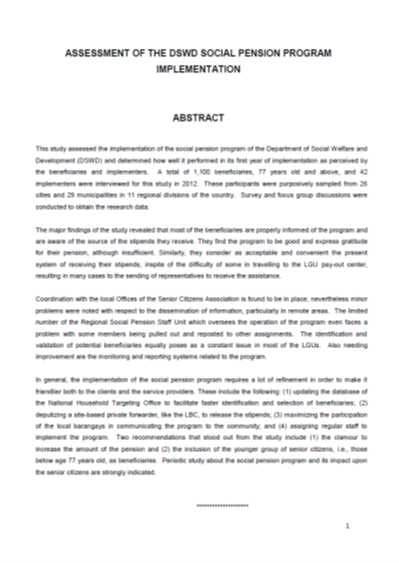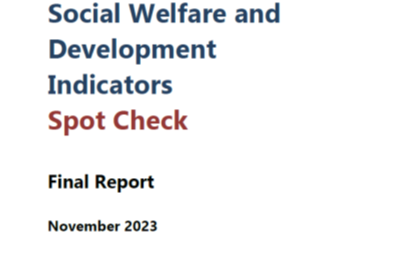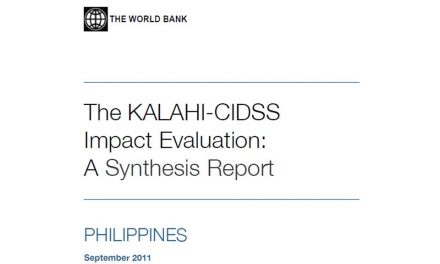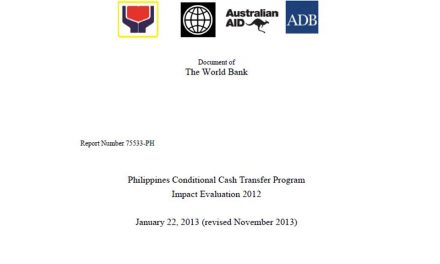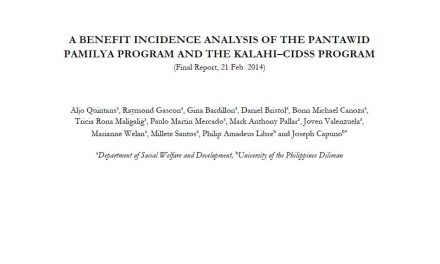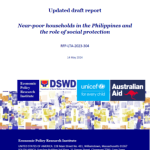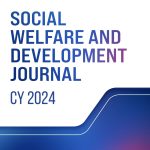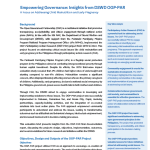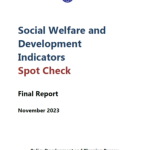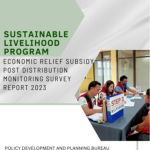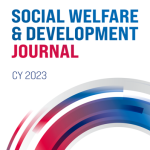Assessment of the DSWD Social Pension Program Implementation
This study assessed the implementation of the social pension program of the Department of Social Welfare and Development (DSWD) and determined how well it performed in its first year of implementation as perceived by the beneficiaries and implementers. A total of 1,100 beneficiaries, 77 years old and above, and 42 implementers were interviewed for this study in 2012. These participants were purposively sampled from 26 cities and 29 municipalities in 11 regional divisions of the country. Survey and focus group discussions were conducted to obtain the research data.
The major findings of the study revealed that most of the beneficiaries are properly informed of the program and are aware of the source of the stipends they receive. They find the program to be good and express gratitude for their pension, although insufficient. Similarly, they consider as acceptable and convenient the present system of receiving their stipends, inspite of the difficulty of some in travelling to the LGU pay-out center, resulting in many cases to the sending of representatives to receive the assistance.
Coordination with the local Offices of the Senior Citizens Association is found to be in place; nevertheless minor problems were noted with respect to the dissemination of information, particularly in remote areas. The limited number of the Regional Social Pension Staff Unit which oversees the operation of the program even faces a problem with some members being pulled out and reposted to other assignments. The identification and alidation of potential beneficiaries equally poses as a constant issue in most of the LGUs. Also needing improvement are the monitoring and reporting systems related to the program.
In general, the implementation of the social pension program requires a lot of refinement in order to make it friendlier both to the clients and the service providers. These include the following: (1) updating the database of the National Household Targeting Office to facilitate faster identification and selection of beneficiaries; (2) deputizing a site-based private forwarder, like the LBC, to release the stipends; (3) maximizing the participation
of the local barangays in communicating the program to the community; and (4) assigning regular staff to implement the program. Two recommendations that stood out from the study include (1) the clamour to increase the amount of the pension and (2) the inclusion of the younger group of senior citizens, i.e., those below age 77 years old, as beneficiaries. Periodic study about the social pension program and its impact upon
the senior citizens are strongly indicated.
